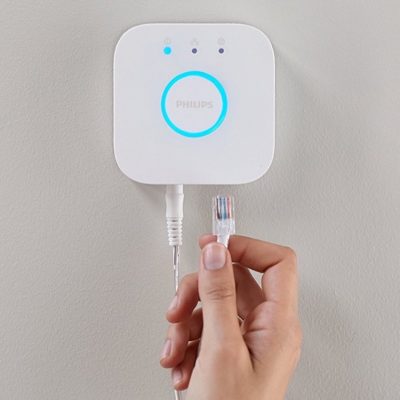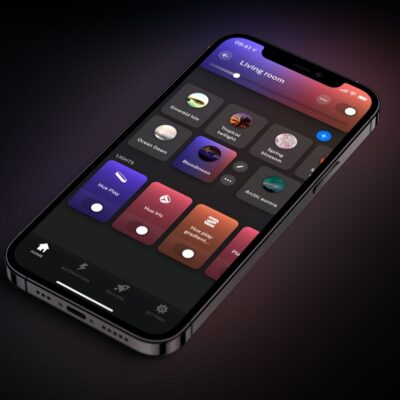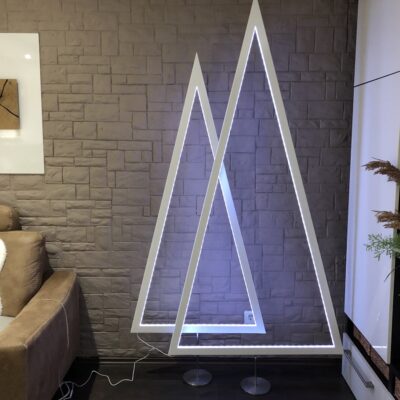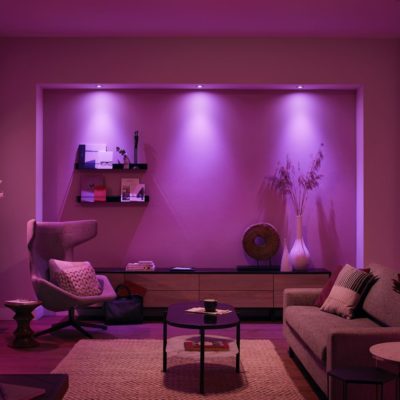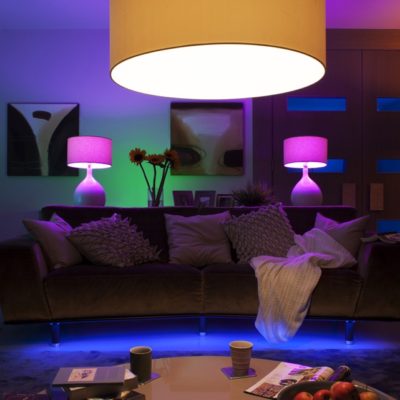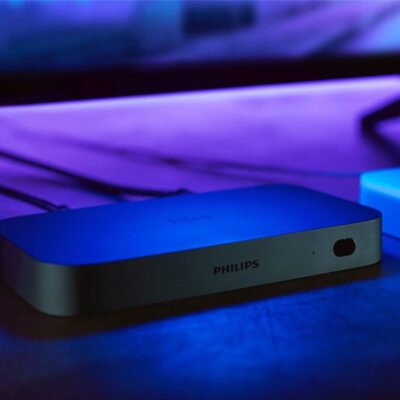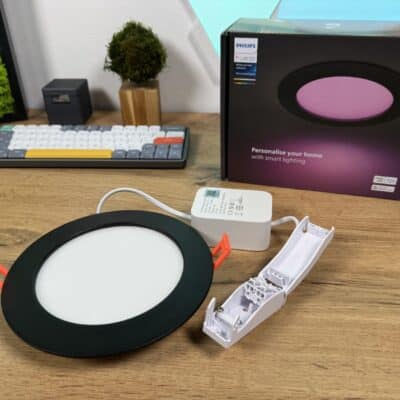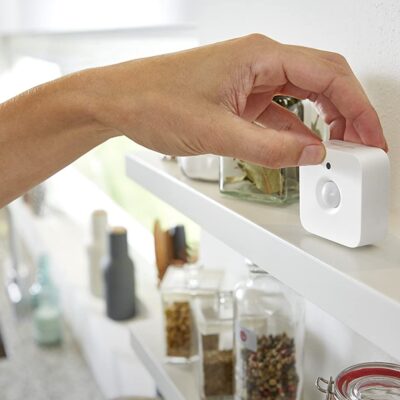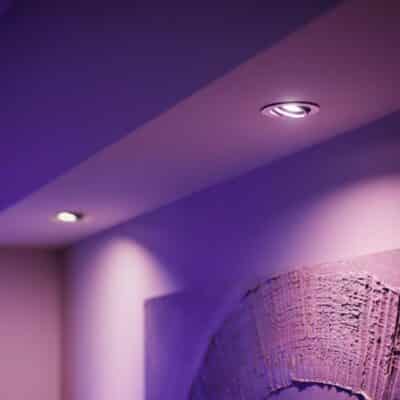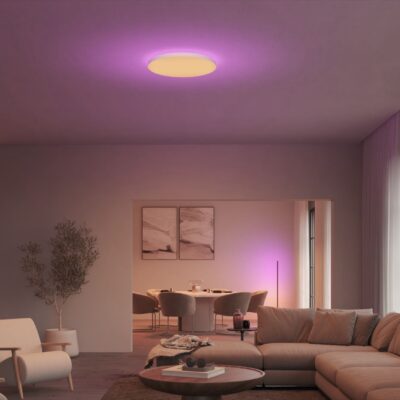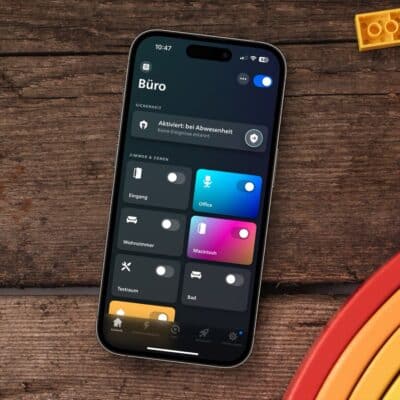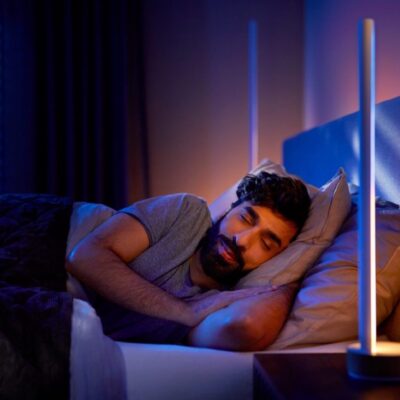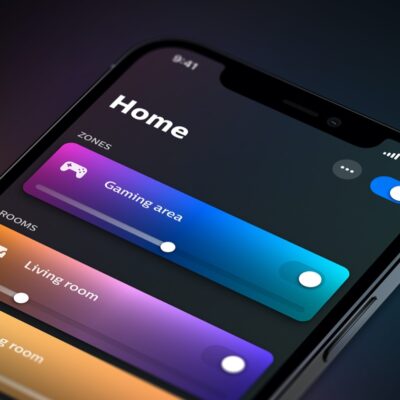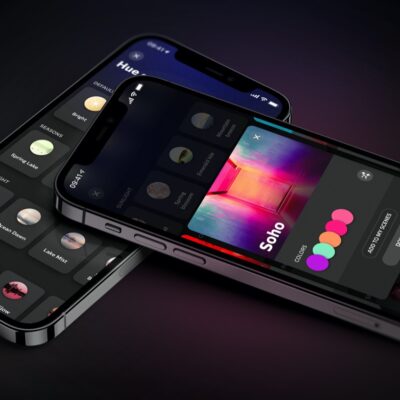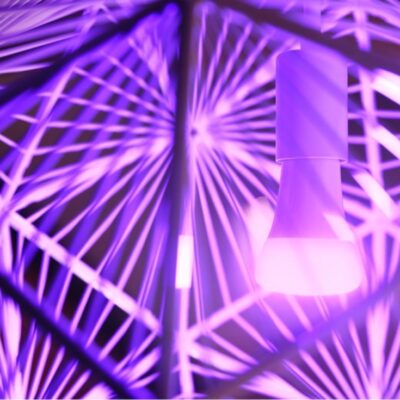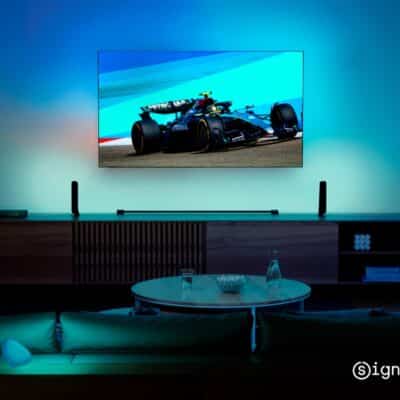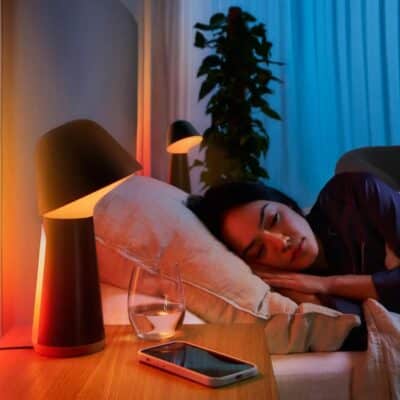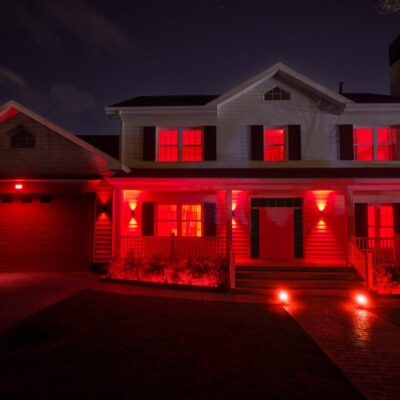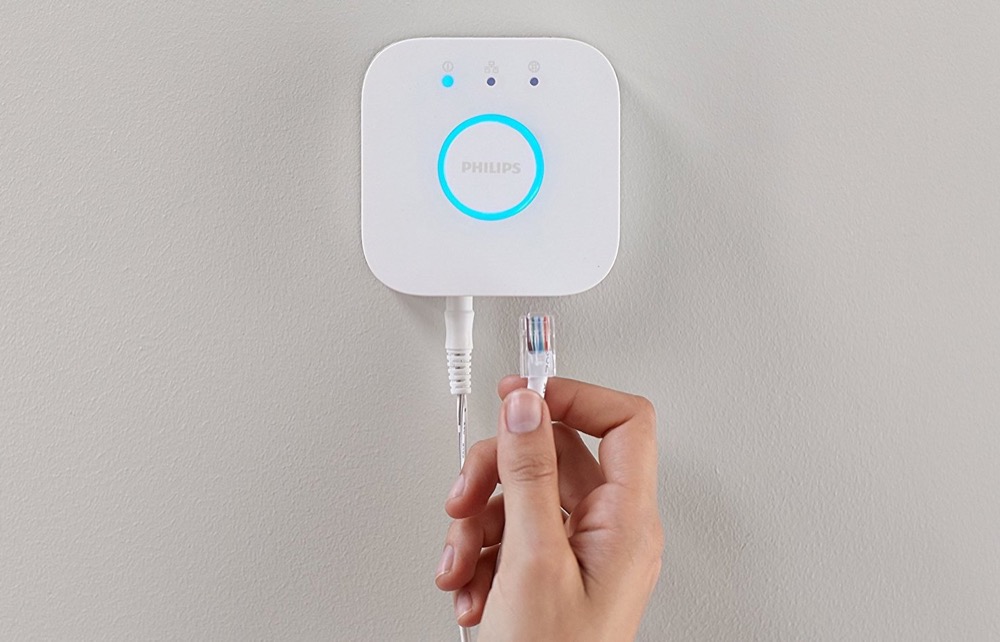At the end of this month, Philips Hue’s new outdoor collection will be launched. This might probably be the reason for many of you to take a look at Philips Hue’s operating distance. This topic has been an issue ever since, for example in large single-family homes that extend over several floors. Luckily, this is not a big problem for Philips Hue and the ZigBee protocol.
Together with its bridge, all Philips lamps and also third-party products such as Osram establish a mesh network. The individual lamps connect wirelessly not only to the bridge, but also to other lamps in their immediate vicinity. As long as the lamps are not completely disconnected from the power supply, they will relay commands from the bridge, even to lamps further away.
How to increase the coverage of Philips Hue
Basically, there is only one rule of thumb: during the installation, the system should always be set up from the bridge and not with the lamp that is furthest away. The latter possibly won’t establish a direct connection to the bridge. Ultimately, nothing should stand in the way of true Hue pleasure in the cellar, in the garden or in the attic.
If the established range should not be sufficient one can fall back on a simple trick: the Osram Smart Plug. The smart plug only needs to be integrated into the system. It does not need to be used but it can serve as a repeater for lamps that are further away.
What about Philips Hue’s radiation?
The lamps that are always within reach naturally require a constant connection to the power supply. And this is precisely what raises concerns, for example in the case of Hueblog reader Robby:
I have installed a LightStrip behind my bed as indirect lighting to the slope. Last night I discussed the dangers of ZigBee radiation with my girlfriend. Is it all harmless?
The short and concise answer: Absolutely. ZigBee works just like WLAN in a 2.4 GHz network, from which there is really no escape in 2018. In addition, the amount of data sent between the lamps and the bridge is negligible. So there is really no need to worry.
In this regard, it is interesting to take a closer look at a study by EnOcean, which uses a similar wireless technology. “Conventional light switches, when operated with a finger – and standing only about a metre away from it – cause a so-called breakaway spark, invisible to us but sometimes audible, to emit about 100 times higher frequency than an EnOcean wireless switch,” the report is quoted in the German PC-Magazin.
Note: This article contains affiliate links. We receive a commission for purchases via these links, which we use to finance this blog. The purchase price remains unchanged for you.


